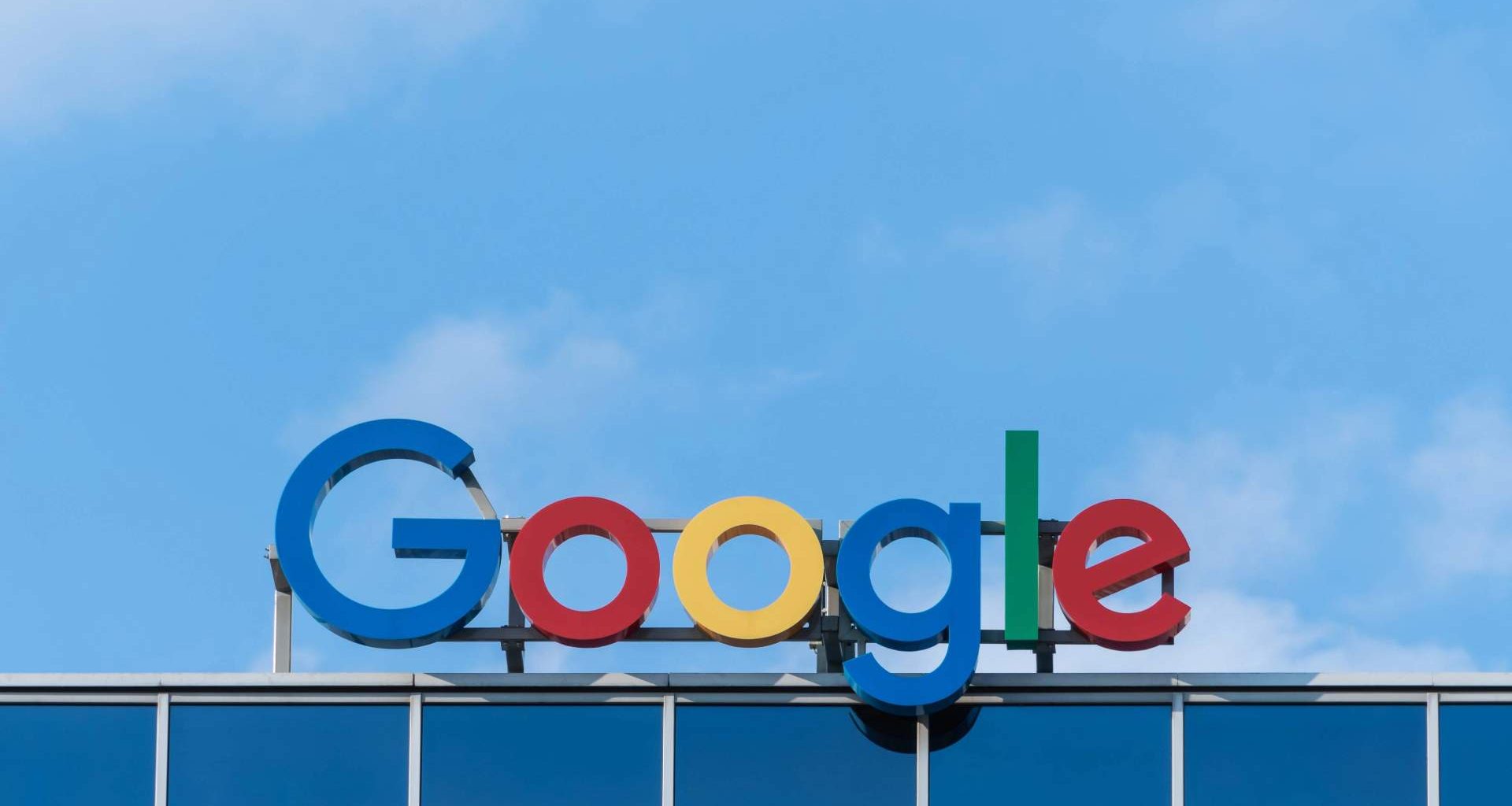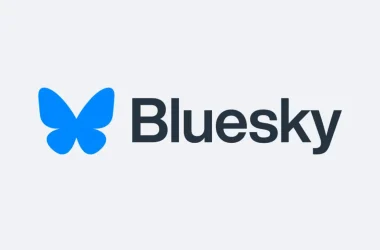Google recently confirmed laying off 100 employees, citing responsible investment and strategic realignment as the reasons behind the decision. This new wave of layoffs follows just days after a broader wave of over 1,000 workers across various divisions, including YouTube.
A spokesperson for Google emphasized the company’s commitment to responsible investment, stating, “We’re responsibly investing in our company’s biggest priorities and the significant opportunities ahead.” This strategic shift involved organizational changes aimed at enhancing efficiency and aligning resources with the company’s major product priorities. The spokesperson acknowledged ongoing adjustments within certain teams, including role eliminations on a global scale.
YouTube’s chief business officer, Mary Ellen Coe, shed light on the specifics of the layoffs in an internal memo to staff. According to Coe, the job cuts are part of broader restructuring changes within the creator management and operations teams. While this move may signal a shift in YouTube’s internal dynamics, it also raises questions about the impact on the platform’s content creators and their collaborations with the company.
One notable aspect of the layoffs is that the affected employees at YouTube reportedly have the opportunity to apply for other positions within the company. However, this doesn’t guarantee their retention, and they face a 60-day window to secure new roles before the dismissals take effect. The New York Times reported this timeline, underscoring the uncertainty that employees navigate during such transitions.
“We’re continuing to support any impacted employees as they look for new roles here at Google and beyond,” the spokesperson assured, emphasizing the company’s commitment to assisting affected individuals in their career transitions.
2024 has begun with a wave of layoffs from companies like Discord, Twitch, Prime Video, MGM Studios, Audible, Duolingo, Instagram, Pixar, and Unity. These changes reflects the dynamic nature of the tech sector, where companies continually reassess their strategies and structures to stay competitive and adapt to evolving market conditions.
Image credit: Unsplash









